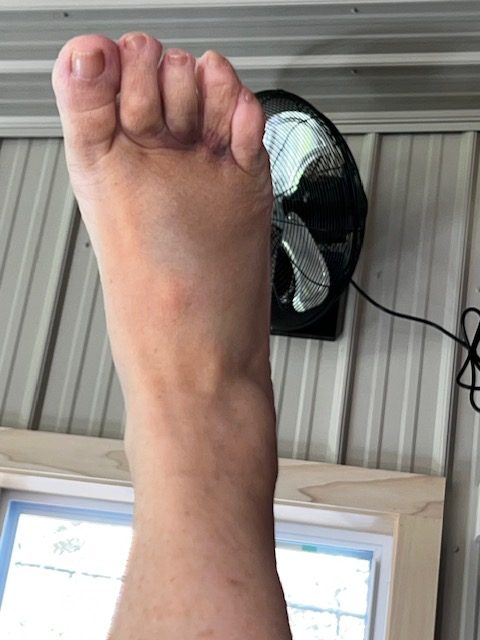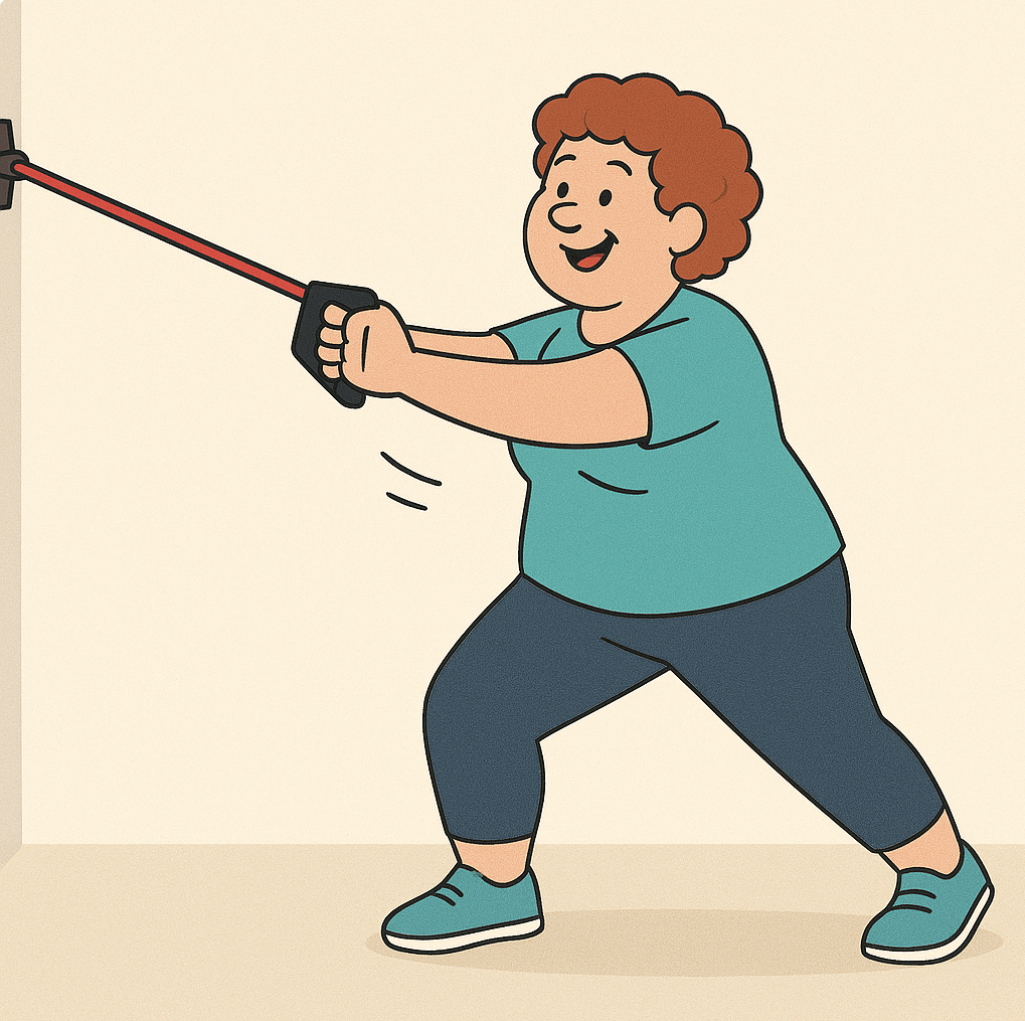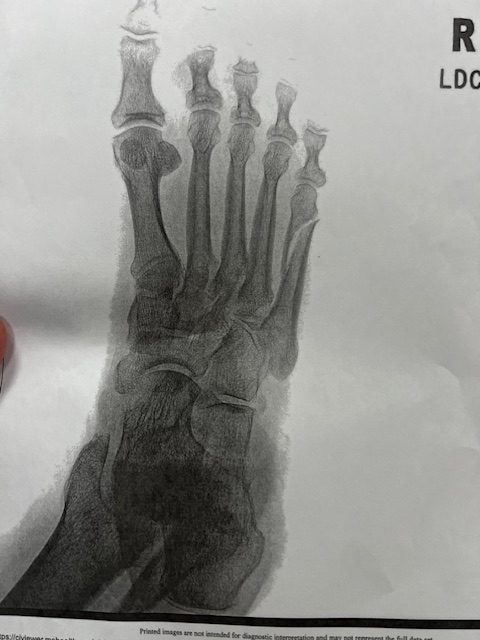Physical Adaptability & Resilience Project – Case 01
Date: October 9 2025
Project Manager: Ella Grant
Research Category: Physical Adaptability & Resilience
Subject ID: PAR-01-2025
⸻
Abstract
This case study examines a real-world instance of mobility adaptation following a nondisplaced 5th-metatarsal fracture in a subject already experiencing multiple joint limitations. The research focuses on how humans re-engineer movement, environment, and emotional regulation when typical compensatory systems (crutches, weight-bearing transfer, upper-body support) are unavailable.
⸻
Background
An unexpected foot fracture initiated a field study in embodied adaptability. Conventional recovery plans—non-weight-bearing rest supported by crutches—were contraindicated due to pre-existing weakness and pain in the opposite hip, knee, and same side shoulder.
The central research question emerged:
How can individuals maintain autonomy, safety, and emotional stability when standard mobility strategies are inaccessible?
⸻
Methodology
- Mobility Tools: Controlled use of a protective walking boot, trekking poles, and a Freedom Leg brace that permits partial load-bearing while keeping the injured limb neutral.
- Environmental Redesign: Living spaces reconfigured for seated work, safe transfers, and elevated rest.
- Data Collection: Daily qualitative journaling tracking pain, fatigue, balance confidence, and affective tone.
- Support Variables: Alternating caregivers ensured continuity of assistance and reduced logistical stressors such as travel and animal care.
⸻
Week 1 Findings
Stability Precedes Healing. Once environmental and logistical factors stabilized, pain and anxiety decreased.
Energy Reallocation. Persistent fatigue reflected the body’s metabolic prioritization of fracture repair.
Adaptive Technology Restores Agency. Integrating assistive devices reframed recovery from passive waiting to active experimentation.
Reframing Mitigates Distress. Viewing the body as a “classic model in the shop for routine maintenance” preserved humor and engagement.
⸻
Preliminary Insight
Resilience is not endurance—it is design agility.
When each conventional option fails, creativity and precise environmental control become the new prosthetics.
⸻
Next Phase
- Evaluate ergonomic impact and cognitive load of the Freedom Leg brace during controlled ambulation.
- Continue nutritional and supplemental bone-healing protocol.
- Track correlations between psychological stability, perceived autonomy, and physical recovery progress.
- Prepare interim summary for inclusion in the Physical Adaptability & Resilience Research Compendium 2025.
⸻
Commentary
This inaugural case launches Adapt Research Projects’ Physical Adaptability & Resilience series. The goal is to translate firsthand constraint experiences into applied frameworks for adaptive design, rehabilitation strategy, and human-systems resilience.



